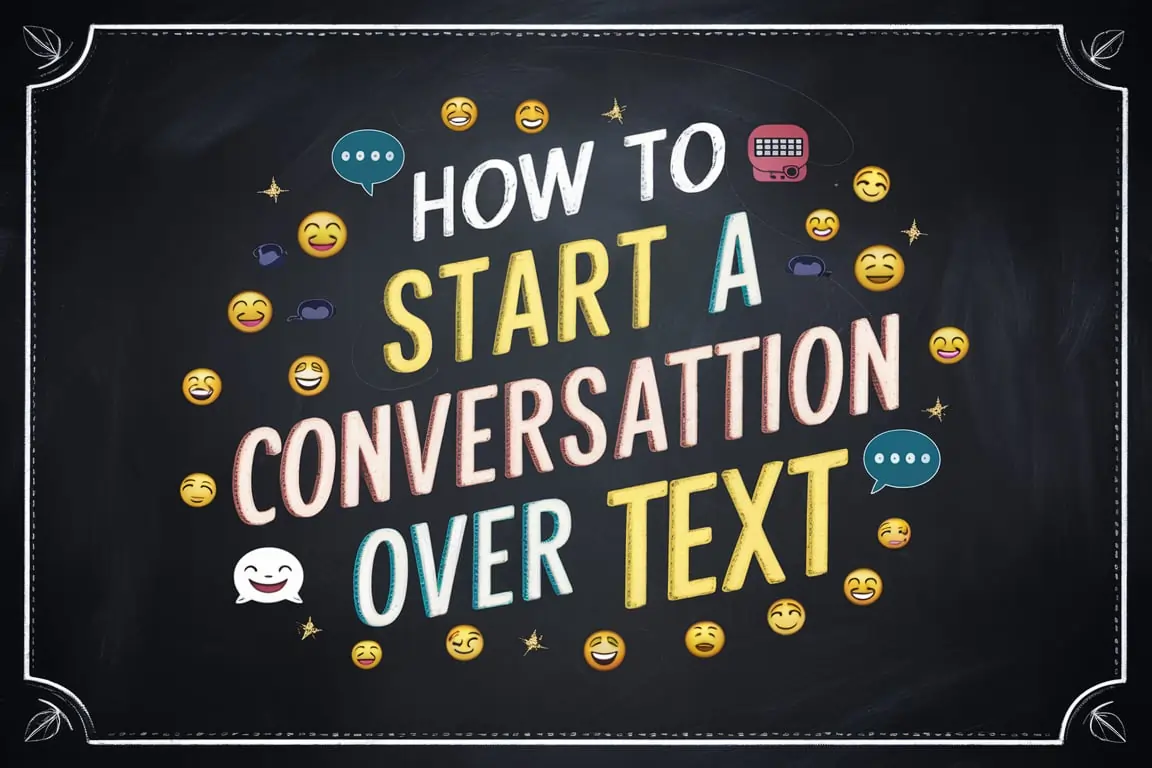I Message Communication Technique Help to Build Better Relationships

Human beings are inherently social creatures, constantly interacting with others throughout our lives. Our happiness often hinges on the quality of these interactions, especially with those we care deeply about, such as close friends and family members. Given the unique nature of each personality we encounter, managing these varied relationships requires conscious effort and observation. By doing so, we can continually enhance our understanding and experience, fostering positive relationships.
Effective relationship management hinges on being assertive and honest in sharing our thoughts, feelings, and concerns. However, it’s crucial to communicate in a manner that is respectful and does not provoke the other person. A highly effective technique for achieving this is through the use of “I” messages.
What are I Message Techniques
“I” messages are statements that focus on our own feelings and concerns, and on the actions of the other person that have led to these feelings. In contrast, “You” messages, which focus on the other person, often lead to defensiveness and conflict unless they are positive.
“You never listen” vs. “I feel unheard, can we talk?”
“You never help around the house” vs. “I feel overworked and would really appreciate some extra help.”
“You don’t understand how I feel” vs. “I feel misunderstood, and it makes me feel upset.
Related Stories from RB
How to Increase Communication Skills: Secret Of Becoming Great Communicator
Master the Art of Communication: How to Speak Confidently with these Key Insights
For example, if a spouse comes home late and is met with, “You are always coming home late! Why can’t you come back earlier?” this “You” message makes the spouse feel blamed and attacked, likely leading to an unpleasant interaction. The primary issue gets overshadowed by the perceived attack.
In contrast, an “I” message in the same scenario might be, “I feel rather lonely while waiting for you to come home. I’m concerned that you are often home late, and I get frustrated wondering when you’ll be back.”
Here, the speaker shares their feelings and concerns without blaming the other person. This approach is more likely to lead to a productive conversation where both parties can address the issue constructively.
When we start sentences with “you,” people often feel attacked and get defensive. But if we use “I” statements instead, we can share our feelings and needs without making the other person feel bad.
Using “I” statements helps us talk about what we need or expect without blaming others. This makes it easier for everyone to listen and understand each other.
In most interactions, using “I” messages is generally more effective and respectful than “You” messages. Even when expressing positive feelings, “I” messages can enhance communication. For instance, instead of saying, “You look good in this dress,” you might say, “I’m so happy to see you. I remember all the fun we used to have. You look good.” This subtle shift makes the compliment more personal and engaging.
Typically, an “I” message has three parts:
- I feel _ (express your feeling)
- When you _ (describe the action that affects you or relates to the feeling)
- Because _ (explain how the action affects you or relates to the feeling)
- Optional: I would prefer ____________ (state your preference for future behavior)
The order of these parts is not crucial. Sometimes, a fourth part can be added to express a preference for what you would like to happen instead.
Here are some examples of “I” messages:
- “I get very anxious when you raise your voice at me because it makes me feel like I’ve done something very wrong. Could you please not raise your voice when we talk?”
- “I’m so happy you’re learning to cook because then I’ll know you can prepare your own meal when I’m unable to be home in time to cook.”
- “I feel upset when you get bad grades, because it makes me worry about your future.” ( Talking with children )
Learning to use “I” messages might not come naturally at first, but with practice, you can become more comfortable with this communication style. The benefits of improved interactions and more harmonious relationships are well worth the effort.

The Science Behind “I” Messages and “You” Messages
Understanding the science behind why “I” messages are effective can help us appreciate their value even more. The main reason “I” messages work better than “You” messages is rooted in how our brains respond to perceived threats.
When we hear a “You” message, especially one that sounds critical, our brain’s defense mechanisms are triggered. This reaction is part of our natural fight-or-flight response. The brain interprets the criticism as a threat, leading to defensive behavior. This is why “You” messages often lead to arguments and defensive reactions rather than constructive dialogue.
In contrast, “I” messages do not trigger this defensive response because they do not directly accuse or blame the other person. Instead, they share personal feelings and experiences, which are less likely to be perceived as threatening. This approach creates a safer space for open and honest communication, allowing both parties to express themselves without feeling attacked.
For example, consider the difference between these two statements:
- “You never listen to me when I’m talking!”
- “I feel ignored when I talk, and you seem distracted.”
The first statement, a “You” message, is likely to make the listener feel defensive and attacked. The second statement, an “I” message, focuses on the speaker’s feelings and experiences, making it less likely to provoke a defensive reaction. The listener is more likely to empathize with the speaker’s feelings and be open to discussing the issue.
Moreover, “I” messages encourage self-reflection and personal responsibility. By expressing our feelings and concerns without blaming the other person, we demonstrate that we are taking responsibility for our emotions. This approach can foster mutual respect and understanding, as both parties feel heard and valued.

Practicing “I” Messages
While using “I” messages may feel awkward at first, it becomes easier with practice. Here are some tips for getting started:
- Be mindful of your language: Pay attention to how you phrase your thoughts and feelings. Make a conscious effort to start your sentences with “I” rather than “You.”
- Focus on your feelings: Clearly express how you feel and why. This helps the other person understand your perspective without feeling blamed.
- Stay calm: Communicate your feelings calmly and respectfully. Avoid raising your voice or using aggressive body language, as these can trigger defensive reactions.
- Practice with everyday situations: Start using “I” messages in less intense situations to build your skills. For example, instead of saying, “You never help with the dishes,” try saying, “I feel overwhelmed when I have to do all the dishes by myself.”
- Use the Formula: Follow the structure: “I feel [emotion] when you [specific action] because [reason].” Add a request if needed.
- I Message: “I feel disappointed when our plans change suddenly because I look forward to spending time with you. Can we try to set plans that we can both commit to?”
In conclusion, effective communication is key to managing our relationships and ensuring our happiness. By using “I” messages, we can express our feelings and concerns in a respectful and constructive manner, leading to better understanding and stronger bonds with those we care about. With practice, this approach can become a natural part of our communication toolkit, enhancing the quality of our interactions and contributing to more fulfilling relationships.







Very nice